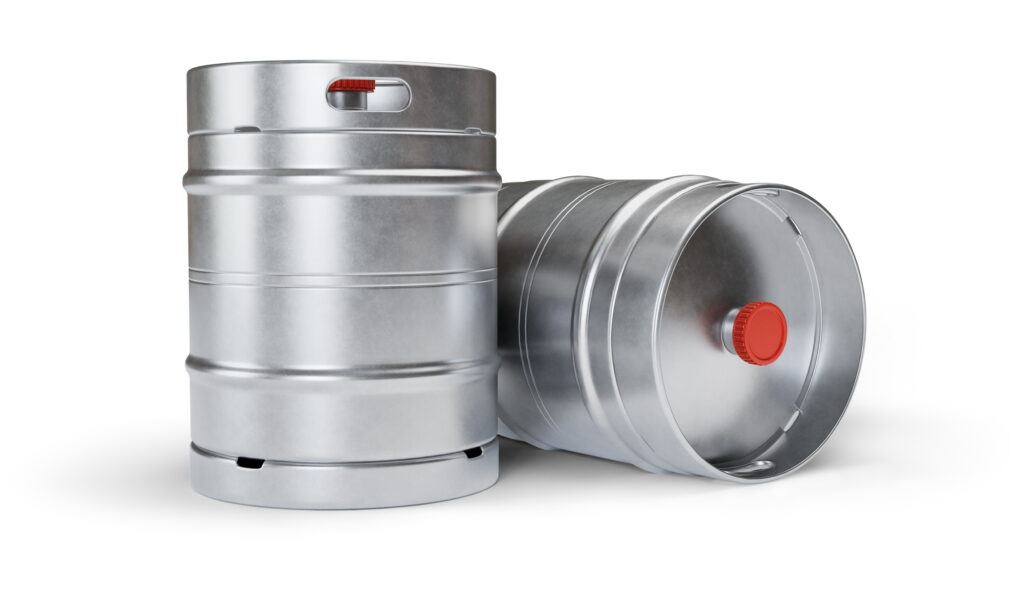Guest Opinion: Secure your company’s banking processes and procedures

BPC Staff Nov 14, 2017 | 6:24 pm
2 min read time
594 wordsAll Latest News, Banking and Finance, Business Record Insider, OpinionAs the end of the year approaches, it’s often good to reflect on the personal goals you set at the beginning of the year and evaluate your progress. Did I lose the 20 pounds I wanted to? Did I go to the gym three days a week? Did I reconnect with old friends or colleagues?
It’s no different in the business world. We all set — and strive to achieve —annual business goals.
One area that is often neglected or even ignored is reviewing how secure the banking processes and procedures are within your company. When you consider the recent spike in breaches and fraud attempts — not to mention the time and resources it takes to react to them — it’s clear why you should make it a priority to evaluate how your company conducts its banking.
Here are a few simple things you can do to make your company’s banking processes and procedures more efficient, effective and secure:
1. Stop using paper checks and switch to an ACH form of payment. Checks continue to be the payment method that most puts businesses at risk of fraud. In 2016, businesses wrote more than 5 million checks a day valued at over $8 billion. According to the 2017 Association of Financial Professionals Payments Fraud and Control Survey, 75 percent of organizations experienced check fraud in 2016. Transitioning from paper checks to an ACH form of payment is a safer, more efficient and less expensive way to disburse and collect funds. Much like using direct deposit for paying employees, using ACH to pay vendors has several benefits:
• Reduces printing and processing costs. Printing and mailing invoices and checks take up time, money and resources. All this is eliminated using ACH.
• Reduces the chance of fraud and human error. With ACH, fewer people are involved in producing and handling checks in the office and sorting and delivering mail in the post office.
• Improves cash management. Sending or receiving payments via ACH allows for a more timely flow of funds to and from your accounts.
2. Implement dual control measures whenever possible to preserve the integrity of your cash management process. Use multiple approvals and dollar limits for money transfers such as ACH and wire transfers. It’s also wise to require separate entry and approval users.
3. Educate employees regularly on your company’s best practices and security principles. If you haven’t established a best practice policies and procedures plan, create one. Be sure all employees understand their responsibilities. Cross-train and identify back-up personnel for each function in the event of employee illness, PTO or termination.
4. Make the most of your bank’s cash management services, which are designed to help you increase efficiencies and save time. Examples include:
• Remote deposit capture allows you to make deposits without leaving your office using a check scanner.
• A lockbox service that routes all payments to a P.O. box is especially useful for companies that receive a high volume of payments from customers or businesses each day. This service reduces time spent on processing deposits and allows your employees to focus on other company priorities.
• Lastly, a procurement card (or P-card) enables companies to automate their expense management process by allowing expenses to download directly to their general ledger software system.
As they say, “an ounce of prevention is worth a pound of cure.” Now is a great time to reach out to your banking partner to conduct an annual review and evaluation of your banking protocols and understand your options.










